I bought my Minolta Autocord on something of a whim. I had been searching for a ‘walkaround’ film camera for a while. Compact cameras were where I started, with the Olympus XA and MjuII, which I liked but didn’t quite gel with. I wanted more control. After that I got hold of an EOS 3 but that was perhaps a little too close to the digital cameras I used, and the batteries are expensive. I found myself at a crossroads. For most of my career, I had really been more of a user of 120 film than 35mm. I still have a Pentax 67 system, but decided years ago that it was too big for casual carrying. So I ended up looking for a portable 120 camera, and settled on a TLR.
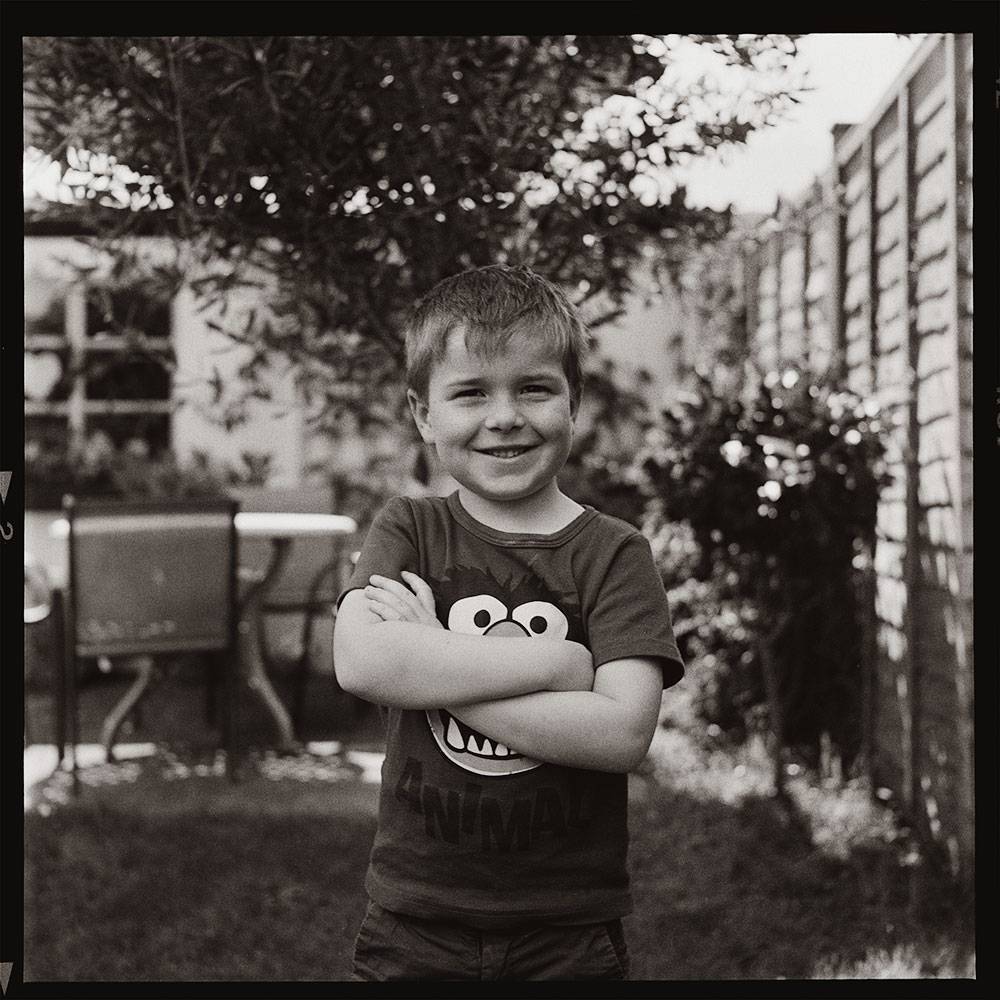
The search for a TLR
I had never shot in the square format, despite being a photographer for 20 years. Going straight from 35mm to 6×7 after university and never looking back. I stuck to the same aspect ratio when I started to shoot 4×5. So I decided to shake things up and started looking for a TLR. The obvious choice would have been a Rolleiflex but I had rarely even seen one in the flesh. So I wasn’t that keen on buying one off of Ebay without knowing much about them, especially with so many different models that look so similar.
Luckily, I have a very good vintage camera shop near me, that gets TLRs in fairly regularly. The bad news, such is the popularity of these cameras that they barely last a day in the shop! Worse still the stock isn’t on the internet so you have to go in and just see what’s there. Luckily it is on one of my regular routes so I got into the habit of popping in a couple of times a month. I was looking for a Yashica or Minolta Autocord, and one day a decent user Autocord was there on the counter. Taking a deep breath, I got out my debit card and took the plunge.
First Impressions of The Minolta Autocord
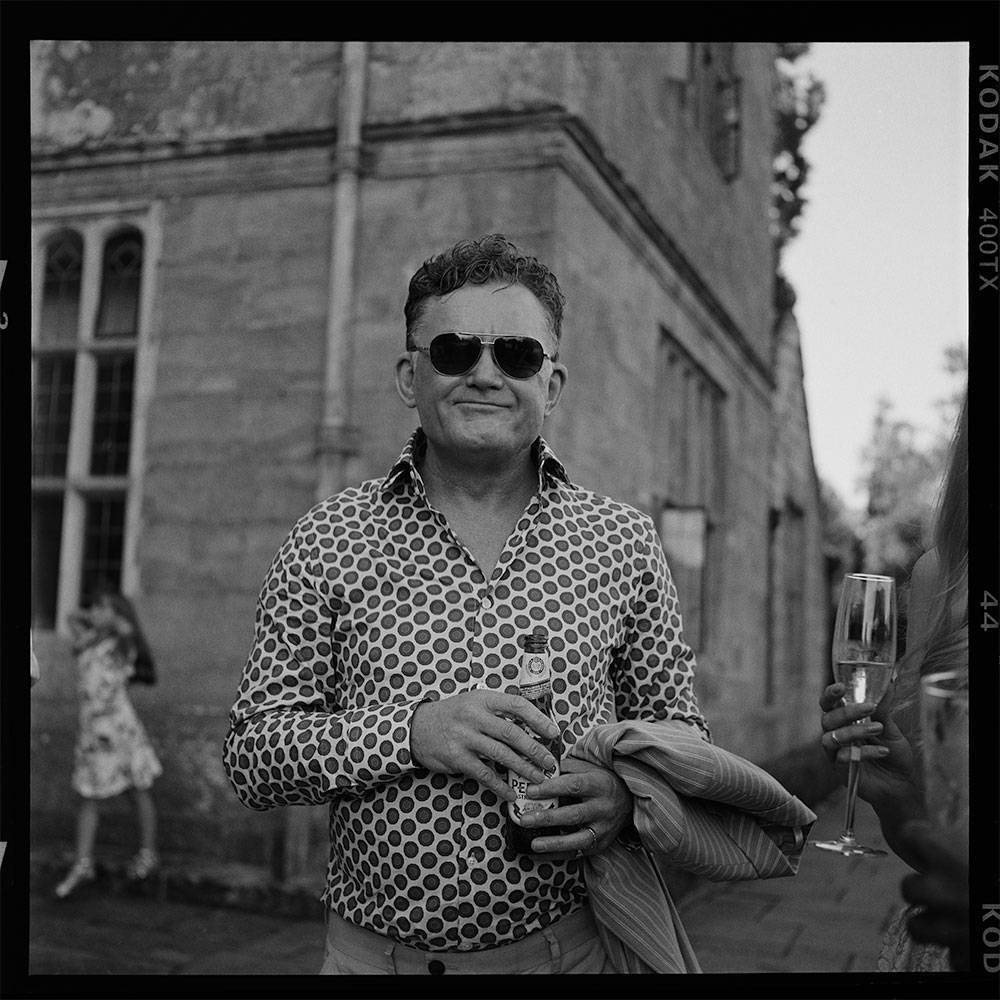
The Minolta Autocord is a handsome camera. It feels solid but isn’t too heavy. My camera is an early version, made around 1956-8. It’s an unmetered version with an Optiper shutter that maxes out at 1/400. The shutter goes in the old Europen progression so from 1/400 the speeds are 1/200, 1/100, 1/50 etc. I have a digital meter that matches some of those speeds, but for others I just pick the closest speed. Mechanical speeds on a 60-year-old camera aren’t that accurate anyway.
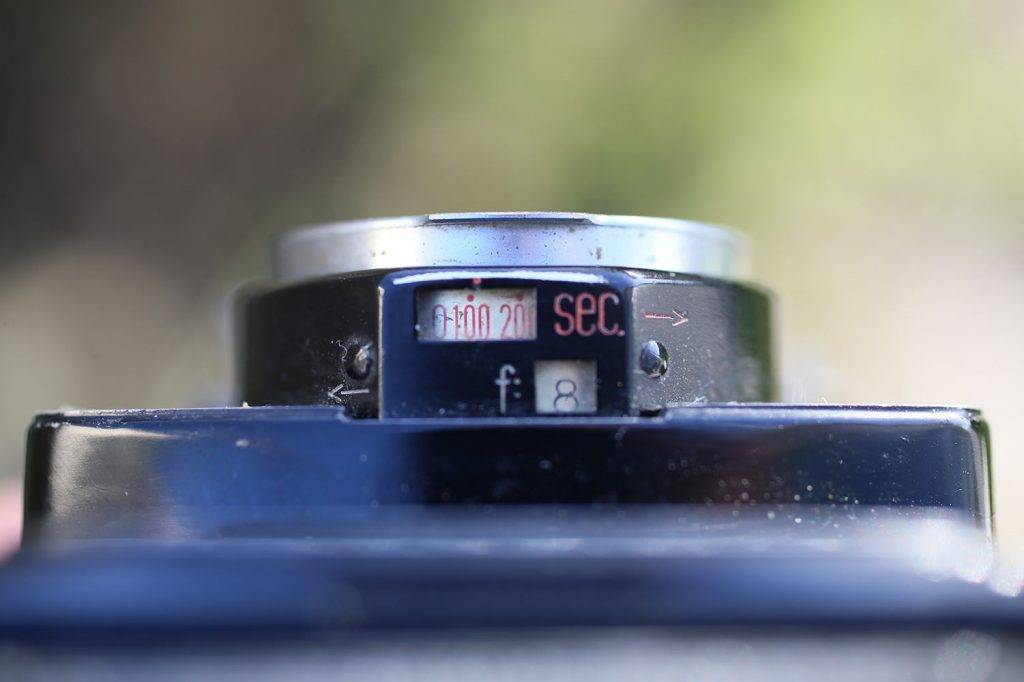
The focusing mechanism is very cool. Instead of using a knob on the side of the camera, the Autocord has a lever underneath the taking lens. This means that you can hold and focus the camera with your left hand and trip the shutter and wind on the film with your right hand. This is a much better ergonomic arragement than the Yashicas where you focus with your right hand via a knob and then have to switch hands to wind it on.
The Rokkor lens on the Minolta is excellent. It is a 75mm f3.5 of Tessar design. Sharp enough wide open, and gets progressively better as you stop down, I wouldn’t hesitate to use this lens for professional work. Lots of people claim that this lens gives the Planar-equipped Rolleis a run for their money and is better than the Tessar lensed Rolleicords and ‘flexes. All I know is it’s plenty good enough. 75mm equates to about 40mm in 35 mm terms. The lens focuses down to 1 metre, not close enough to do a tight headshot but OK for about a 1/4 length portrait.
Viewfinder
The viewfinder is a little dim but totally fine in good light. I don’t think mine has ever been cleaned – it may well get better with a thorough CLA. It lacks any kind of focussing aid like a split screen or prism, so you have to use the magnifying glass to be sure of focus. As with all cameras with a waist level finder you see an image that is right way up, but reversed left to right. If you press in the middle of the hood cover, the hood converts into a sports finder.
Winding On
Winding the camera on takes a bit of getting used to. You have to rotate the handle forward to wind the film on, then wind it back again to cock the shutter. It’s easy enough to get into the rhythm of doing it after a few rolls.
Film loading
Film Loading is straightforward but difficult to do without putting the camera down. The camera has an interlock and I have had no trouble with frame spacing with my copy. Mine will only take 120 film.
Other Features
The Minolta Autocord has a PC socket and can switched between X-Sync for electronic flash, and M-Sync for flash bulbs so make sure you have it on the right setting if you don’t want blank frames.
There is a cold shoe on the side for fitting a flash but you will still need to connect a PC cable for the flash to work.
My camera also features a self timer, a standard tripod socket, and a shutter locking ring.
Straps
Minolta Autocords sport two types of strap lugs. A standard type where a strap can just loop through, and a Minolta specific type which will only accept a type of strap that pretty much doesn’t exist anymore. I was unlucky enough to have the second type. I like to have a strap for extra security so I use a wrist strap that screws into the tripod. The drawback with this is you can no longer put the camera upright on a flat surface.
Conclusions
.jpg)
A good camera gets out of your way while you make great pictures. One of the great things about all-manual cameras is that they have no modes or gimmicks, and this offers you a kind of creative clarity. The Minolta Autocord is one of these cameras. It is ergonomically very sound, and performs superbly. Like all older cameras it has a narrower set of applications than a modern DSLR but it is none the worse for that. You have to shoot to its stengths, you can’t pick a style and bend the camera to it so easily. It is an excellent candid or street portrait camera, great for working thoughfully. I found it harder to use for action because of the reverse image in the viewfinder. It’s always disconcerting to move one way while the viewfinder image moves the other.
I like the fact I don’t have to worry about batteries, and the camera is beautifully quiet. The shutter is very smooth and I am sure I’ll be able to handle this camera at pretty low speeds with practise. I like the quality of the negtives it produces. Sharp, but not aggressively so, with a nice 3d depth to them and decent bokeh.
Another great plus point is its portability. I easily fits into my main kit if I forego one of my lenses, so I can carry it with my digital camera easily. On its own it’s light enough to carry around all day, so it means I have a nice camera with me even if I’m not going out with photography as my main priority. It doesn’t elicit groans from my children when I pick it up, which is always a good thing!
All in all it’s easy to see why this camera is considered a classic. It is one of the first Japanese cameras to take on the Germans on their own terms rather than just making cheap and nasty copies. When the Minolta Autocord was introduced the Nikon F was still 3 years away. It is a great TLR option for the photographer who is more concerned with making good pictures than presticious labels. A definite keeper in my collection.
In the second part of my review I consider the Autocord after using it for a year.
You might also like:
Toby
Wedding Photographer in Sussex and Hampshire
Visit my Instagram
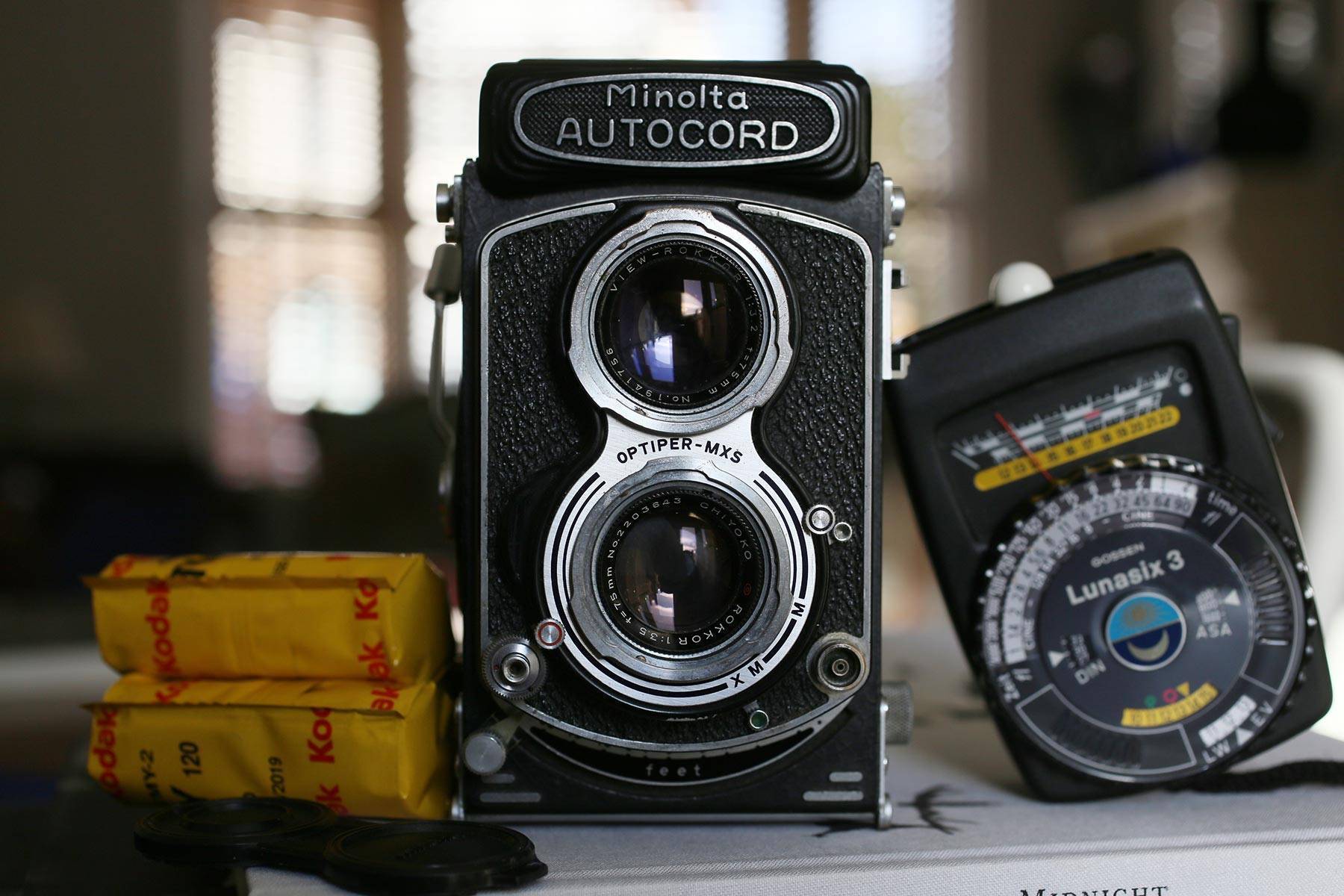
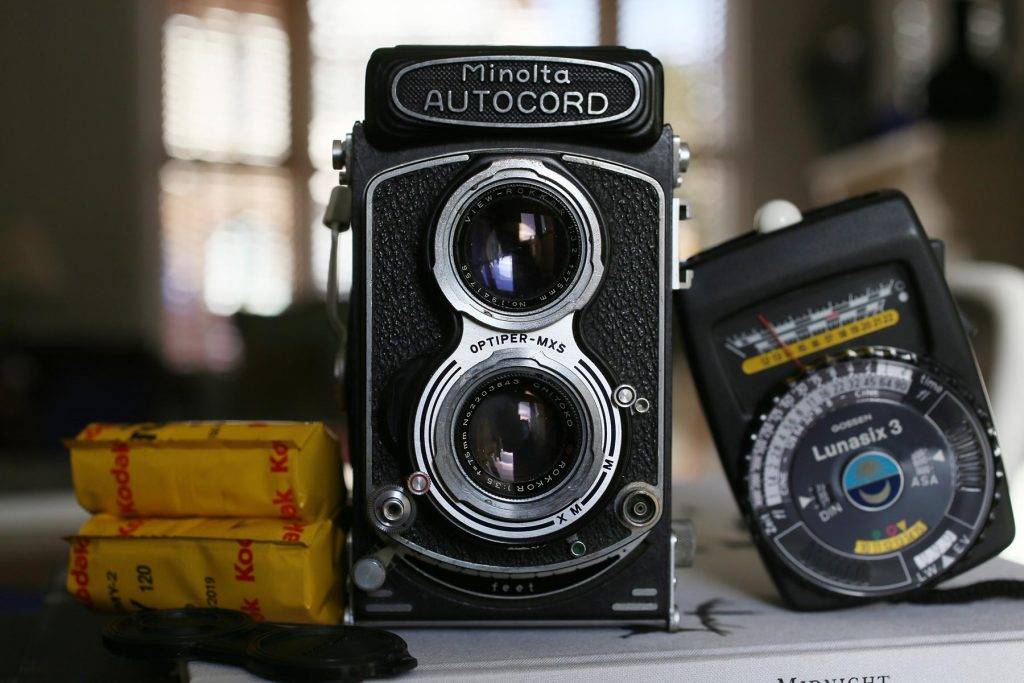
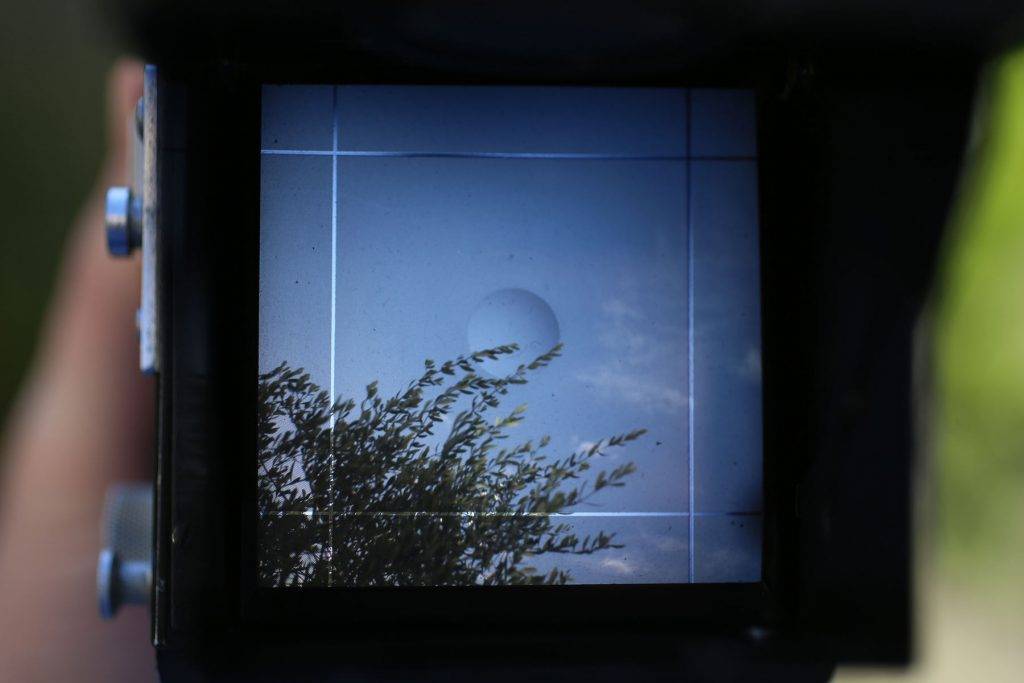
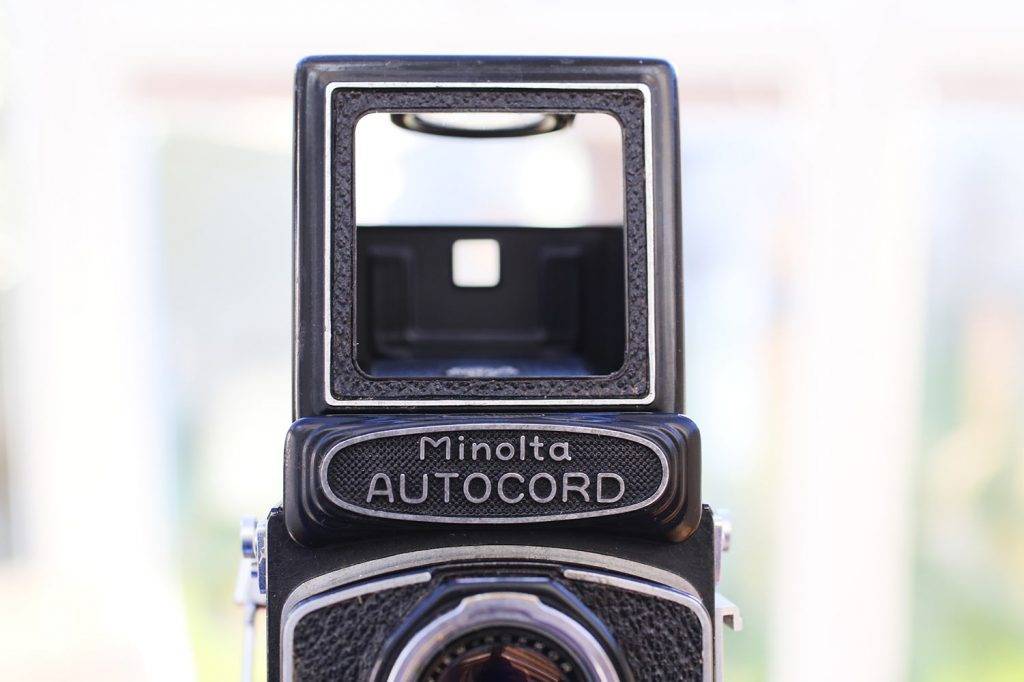
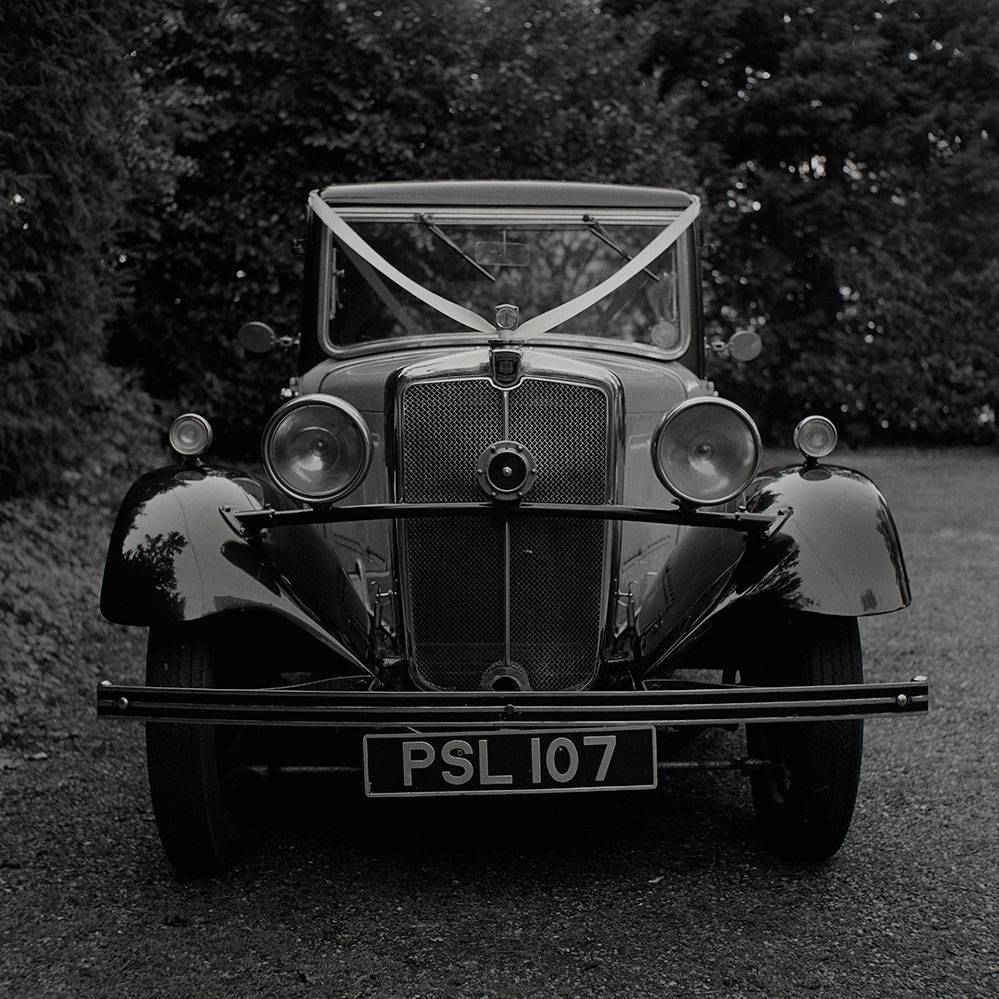
Thx for the review. Just picked one up at an estate sale. Focus knob broke off which is common. Needs to be cleaned and lubricated. What did you pay for yours?
I think I paid about £175. After a year I got it serviced though, which cost another £125 or so.
Where’s a good place in the uk for a CLA on the autocord? I live in the northeast
I am looking for somewhere myself! Newton Ellis in Liverpool has a good reputation for Rolleiflex but I don’t know if they take on Autocords
Hi I have a Minolta Autocord and also a Yashica for sale plus various others from my late fathers collection.
Tidying loft out found them know he bought them new and in excellent condition, can you advise where I may be able to sell them.
Thanks in advance
Ian
Look for vintage camera or film groups on facebook, they are a good place to start. These cameras are popular with film photographers and can do well on ebay as long as you are very accurate with your listing and use good quality photos.
Excellent review. I juts got mine and lucky enough with both clean lenses and body in mint condition. Photos are fantastic! I’ve only used it once with an Ilford HP5 roll but I’m getting a Portra 400 so I can see the colors it renders on the film. You are right, sharp but not too sharp and fantastic 3d depth.
Thank yo for sharing your thoughts on such an amazing camera.
I have been using 35mm film cameras for a long time and now want to try something different but old. Recently tried out a very old folding camera using plates not film. The negatives that are produced from this are brilliant. These are great camera but not very portable, I have seen your write up on the this TLR and I have seen a very similar camera at Depop.com
@Londoncameraclub.
I brought a camera from them a last year as we went into lock down an old rangefinder and it as been amazing I’ve shot lots of FP4 and some HP5 over the last year and despite some mess ups in the darkroom it as been a joy, to get back in to shooting film. I think I will raid my piggy bank and get a TLR camera. Thanks for your review.
Pingback: Minolta Autocord TLR: First Impressions – by Sroyon - 35mmc
Pingback: Rolleiflex 3.5C Review - Tobias Key